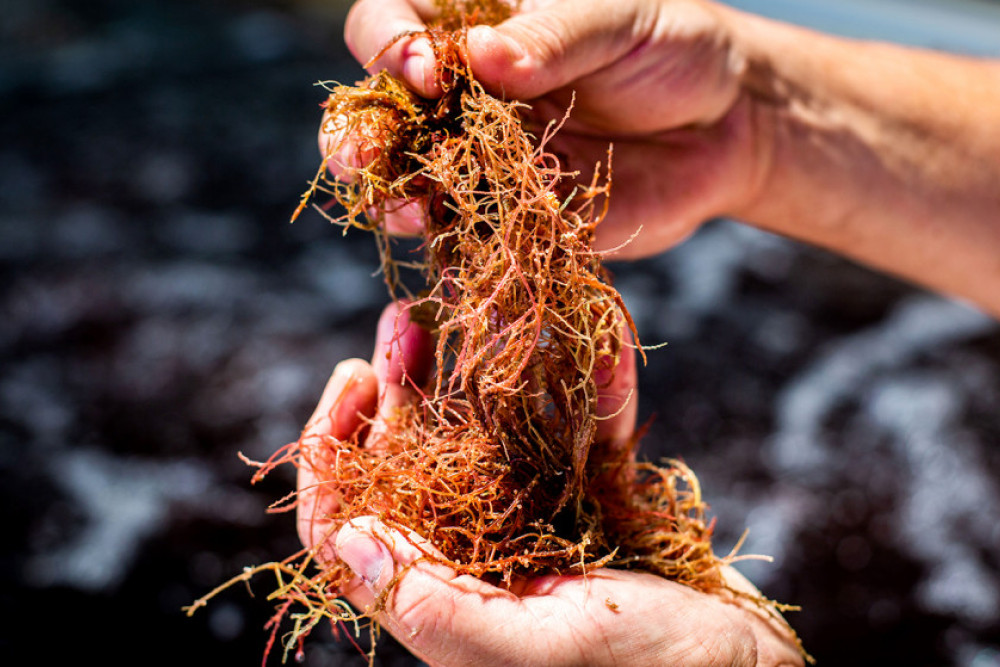Agricultural
6 July, 2022
Seaweed feedlot supplement a step towards carbon neutrality
The potential to lower methane emissions through the use of Asparagopsis seaweed as a feed supplement has gained momentum after its first commercial sale recently, according to Meat & Livestock Australia (MLA) and FutureFeed.

The first commercial sale of Asparagopsis feed supplement in Australia was achieved by CH4 Globa, following claims that adding a small amount of Asparagopsis seaweed to a ruminant’s existing feed can reduce their methane emissions by over 80 per cent.
The potential of the discovery towards carbon neutrality by 2030 (CN30) has resulted in industry participants working to make the product available to producers.
FutureFeed was formed in August 2020 to commercialise the technology developed by Australia’s national science agency CSIRO, together with MLA and James Cook University.
FutureFeed the company, is supported by a group of investors comprising GrainCorp, Harvest Road Group; the Woolworths Group; AGP Sustainable Real Assets; Sparklabs
and Cultiv8 Joint Venture.
FutureFeed has issued licences to seaweed growers which enables supply of Asparagopsis to the livestock market.
There are currently three licensees in Australia: CH4 Global, Sea Forest and SeaStock.
Certification standards and a trademark are under development to ensure the robustness and credibility of the value chain.
Cassandra Kelly, Senior Advisor to FutureFeed, said the first commercial sale in Australia was
“another significant milestone” in the Asparagopsis journey.
“It’s both inspiring and humbling to reflect on how the industry has managed to engage the brains trust, community and investment support in just under four years to make a product launch like this a reality,” Ms Kelly said.
“Just a few years ago, Asparagopsis was a largely unknown seaweed that was not cultivated in commercial quantities and had very few applications outside of niche cosmetics and as a condiment in Hawaii.”


